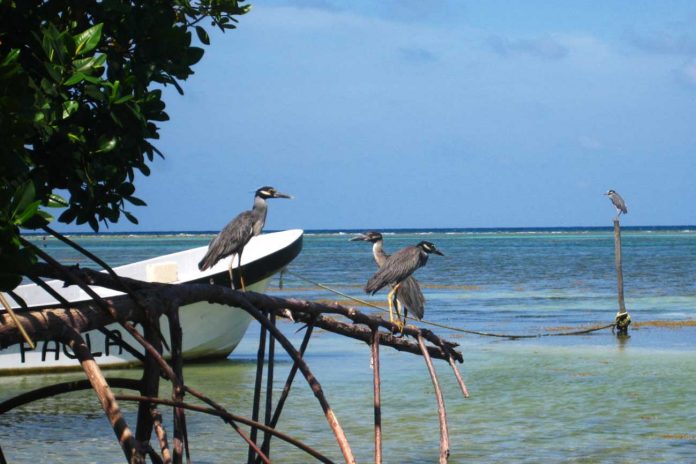
Coastal ecosystems are highly intricate and connected with each individual ecosystem playing a critical role. Find out how mangroves and coral reefs help protect the white sands we all love
We all like the colorful coral reefs, or at least know somebody who does. Coral reefs are an amazing marine ecosystem full of life and colors. Thanks to the reefs right in front of the Riviera Maya coast, we have white sand beaches that attracts lots of tourists. As a coastal society, we are finally learning the importance of coral reefs for our economy, as they provide all sorts of services (tourism, fishing, beach). Although the understanding of how tight the link between healthy reefs and other ecosystems like mangroves is and how useful mangrove forests are, has not really hit us just yet.
cajatextoMangroves are trees that live in the coastal zone. They are adapted to a rough life in saltwater, and provide a whole bunch of services to humans. Mangroves serve as a nursery for a huge amount of fish, crabs, shrimps and mollusks who become the beautiful fauna we see in coral reefs. They are also home to many commercially-important species we eat. Mangroves have a dense root system that traps sediments building a barrier that stops big waves and the wind, preventing coastal erosion from storms by stabilizing the coastline. The damage from hurricanes is much more severe in areas where mangroves have been cleared. The roots and sediments accumulated filter the freshwater coming from land, so that our precious coral reefs are not overwhelmed by runoff sediment. And moreover, they store five times more carbon than an equal area of rainforest which decreases the amount of carbon dioxide in the atmosphere, thus helping fighting climate change.
Mangroves are a unique ecosystem that links freshwater to oceans and it supports a major component of our coastal lives. So why do we insist on replacing mangrove forests for hotels and development to host tourism that comes to see the life that depends on the very mangroves we are killing?
Instead of seeing them as obstacles for development, maybe we could see this ecosystem as a source for ecotourism, so we can do both protect and make a profit. Want more info? Check www.fao.org.